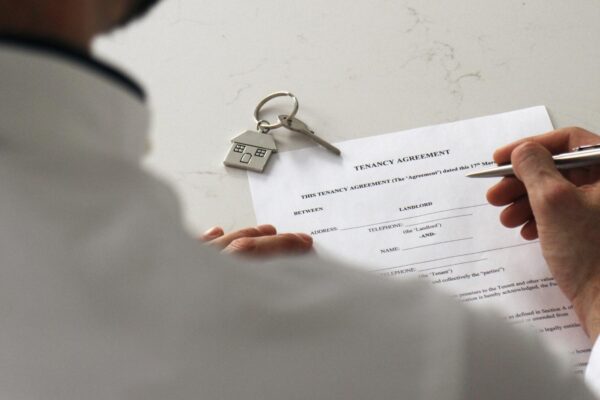Given how helpful property inventories are, it blows our mind that many landlords think they simply don’t need one. An accurate inventory is one of the most useful documents a landlord can own.
What Is an Inventory?
Your inventory describes the condition of your property and its furnishings at the beginning of the tenancy and, if signed by the tenants, forms a mutually agreed record against which the property can be compared at the end of the tenancy.
Professional inventories are performed by inventory clerks, but landlords can also do the job themselves. You must go through each room and list the condition of the structure, decore, fixtures and furnishings. You can add photos for a picture record of the condition of the property and to point out any pre-existing damage or wear and tear.
Here are some of the worst reasons we’ve heard from landlords on why they didn’t bother to make one.
1. Taking Pictures of the Rooms Is Enough
Why bother creating a detailed list describing each room when you can use your phone and take pictures of the property? Sadly, this is not a convincing argument. There are plenty of reasons why photos are not enough.
The inventory is the document you will have to rely on if you need to claim any money from the tenant’s deposit to repair damages or replace missing objects at the end of the tenancy. If the tenant is able to say that those pictures were not taken at the time claimed, or are misleading in any way, then they can challenge your claim.
Moreover, photos alone will lack key descriptive details about the presence of marks, stains or existing wear and tear. You will probably miss key areas with your amateur photography, too. For example, a common issue when tenancies end is dirt, dust, mould and cobwebs on the ceiling. Nine times out of ten, the pictures you take at the beginning of the tenancy won’t go into detail on cornices, meaning you would be unable to charge for this.
A professional inventory, by contrast, will systematically describe the condition of every part of every room, so that nothing is missed. Any areas with existing wear and tear will be photographed and referenced in the description. This is the gold standard and makes submitting a deposit claim much easier down the line.
2. Inventories Are Only for Furnished Properties
This is a common misconception we hear all the time. Landlords think that just because they haven’t splashed out on expensive furnishings, carpets and lights, there is no need to perform an inventory. After all, without furnishings, what could go wrong?
Unfortunately, a lot can go wrong! Damaged flooring, cracked porcelain basins, broken cupboard doors — all of these things can cost you money if you are unable to claim from the tenant’s deposit. A good inventory will list the condition of these items, even in unfurnished properties, allowing you to make a claim.
Professional inventory clerks won’t miss a thing.
Order inventory3. I’ve Included the Condition of the Property in the Tenancy Agreement
The tenancy agreement says the property has been cleaned to a professional standard, and is in good working order. If it isn’t at the end of the contract, then I can charge the tenant, right?
No, this is wrong. To make a strong deposit claim, you need to have evidence of what the item in question was like at the beginning of the tenancy, and what it is like when you are making the claim. If the tenancy agreement simply says that the property is “in good condition”, then you do not have enough detail to make that before-and-after comparison.
4. I’m Simply Too Busy to Perform an Inventory
By now you have probably seen enough to know that getting an inventory done should be a priority. But we know landlords have busy lives — a career, family commitments, volunteering, and everything else.
Luckily, being busy doesn’t have to stop you from having an accurate record of your property’s condition. Professional inventory clerks can go to your property and do a great job for you, leaving you free to get on with your other commitments.
Clerks can perform the inventory either when the property is empty, or a few days after the new tenants have moved it. The former is preferable, but the latter means that you don’t have to be there yourself, as the tenants will be able to let them into the house. This will help save you even more time and effort.
5. I Control the Deposit
Some landlords, especially those who keep deposits in an insured scheme (i.e. in their own bank account), think they control the deposit and so do not need to make an inventory. If something is broken or missing, they can deduct the money before returning the rest of the deposit.
This assumption is not right, however. Although insured schemes do allow you to hold onto the deposit throughout the tenancy, legally the money remains the tenant’s. You are keeping it on the condition that it will be returned in full unless a deduction is made in line with the deposit scheme’s conditions.
But without an inventory, you may find it very hard to persuade the deposit scheme that the deductions you seek are necessary. The burden of proof is very much on you. You must demonstrate that the damage has been caused during the course of this tenancy. And to do that successfully, there is no better piece of evidence than a professional inventory, signed by all parties when the tenancy begins.




Start the discussion at community.openrent.co.uk